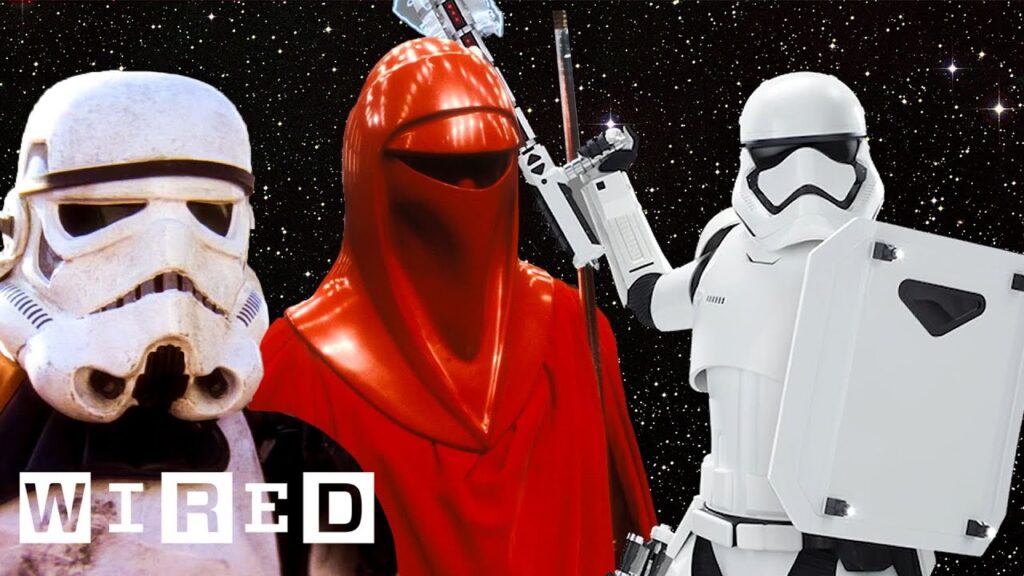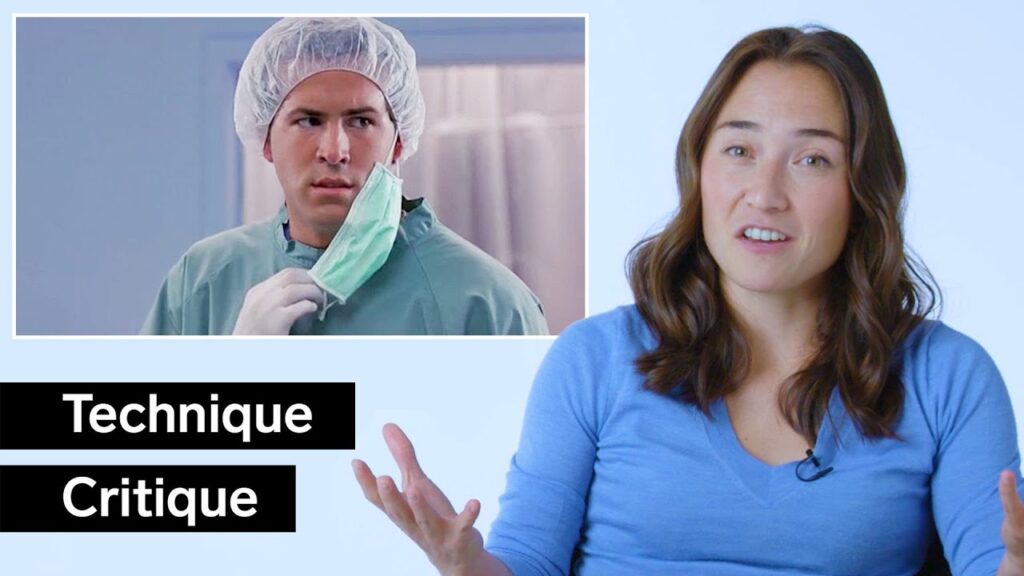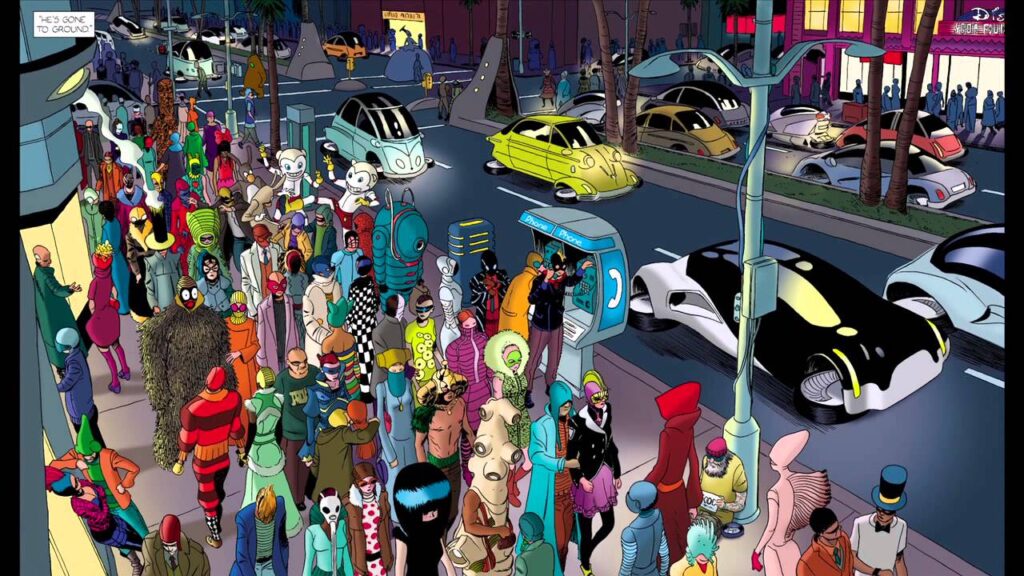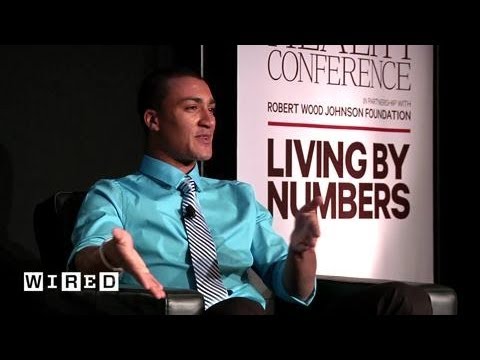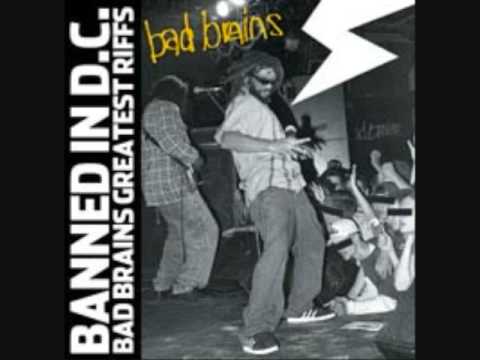The Art of Disguise and Espionage: Insights from a Former CIA Chief of Disguise
Summary
In this blog post, we explore the world of espionage and the art of disguise with a former chief of disguise at the CIA. We examine various clips from movies and TV shows and assess the effectiveness and accuracy of the disguises shown. We also delve into the meticulous process of creating alternate identity documents and touch on topics such as identity, cover stories, masks, and disguises. Throughout the article, we provide insights into the world of covert operations and the art of creating and maintaining cover identities.
Table of Contents
- Quick Change: The Importance of Being Able to Alter Appearance Quickly
- Blending in with the Crowd: The Use of Uniforms and Disguises
- The Risks of Stealing and the Hazards of Being Caught in The Act
- The Need for Comfortable and Realistic Disguises that are Custom-Made to Suit the Individual
- Black Cat Suits and Hollywood Tropes: The Myths and Realities of Disguise and Espionage
Introduction
The world of espionage and the art of disguise have long interested the general public. The idea of living a double life, creating and maintaining cover identities, and using different types of disguises to fool the target audience makes for an exciting story. In this article, we will explore these topics in greater detail with a former CIA chief of disguise. We will examine different types of disguises used in movies and real-life covert operations and assess their effectiveness and accuracy. Our aim is to provide readers with insight into the world of espionage and the art of creating and maintaining cover identities.
Q&A
Quick Change: The Importance of Being Able to Alter Appearance Quickly
Q: Why is the ability to change appearance quickly important for spies?
A: The ability to change appearance quickly is important for spies because they need to be able to blend in with the crowd and avoid detection. This is especially essential for operatives who work in high-risk areas where there is a high level of surveillance. By being able to alter their appearance quickly, operatives can avoid detection and maintain their cover identity.
Q: Can you provide examples of Quick Change techniques used by spies?
A: Yes. One example is the use of wigs, makeup, and glasses to create a new appearance. Another technique is to change clothes or uniforms to blend in with the surroundings. The use of prosthetics is also common, particularly for facial features, such as nose or ear prosthetics. These techniques allow spies to quickly disguise themselves and avoid detection.
Blending in with the Crowd: The Use of Uniforms and Disguises
Q: How important is it for spies to blend in with the crowd?
A: It is essential for spies to blend in with the crowd. This is because they need to avoid detection and not draw attention to themselves. By blending in, spies can observe their target without arousing suspicion, and they can more effectively carry out their mission.
Q: Can you provide examples of uniforms and disguises used by spies?
A: Yes. One instance is the use of military uniforms to blend in with the surroundings. Military operatives will often dress in the same uniform as the locals to avoid detection. For example, a CIA operative in Iraq may wear an Iraqi army uniform to blend in. Disguises are also common, such as the use of fake mustaches, beards or glasses.
The Risks of Stealing and the Hazards of Being Caught in The Act
Q: What are some of the risks associated with stealing as part of a spy operation?
A: The risks of stealing as part of a spy operation include the chance of being caught in the act, which could compromise the entire mission. Additionally, the operative must be prepared to deal with any consequences of getting caught, which could include imprisonment or even death.
Q: Can you provide examples of the hazards of being caught during a spy operation?
A: Yes. One example is the case of Aldrich Ames, who was a CIA operative and mole for the KGB. He was caught and sentenced to life in prison. Another example is the case of Robert Hanssen, who was an FBI agent who sold secrets to the Russians. He was also caught and sentenced to life in prison.
The Need for Comfortable and Realistic Disguises that are Custom-Made to Suit the Individual
Q: Why is it important to have a comfortable and realistic disguise when operating in espionage?
A: It is important to have a comfortable and realistic disguise because it must be worn for an extended period. If the disguise is uncomfortable or unrealistic, it could draw attention to the operative and compromise the mission. Moreover, the disguise must be built to fit the individual’s features for maximum effectiveness.
Q: Can you provide examples of effective and ineffective disguises?
A: Yes. An effective disguise is one that is custom-made to suit the individual’s features and includes accessories that complete the look. An example is the use of prosthetics to alter facial features or the use of a realistic wig that blends in with the natural hairline. An ineffective disguise is one that draws attention to the individual and appears unconvincing, such as a fake beard that does not match the natural hair color.
Black Cat Suits and Hollywood Tropes: The Myths and Realities of Disguise and Espionage
Q: Are black cat suits a popular disguise among spies?
A: No, black cat suits are not a popular disguise among spies. While they may appear in movies and TV shows, they are not practical for real-life spy work. The goal of a disguise is to blend in with the crowd, and wearing a black cat suit would have the opposite effect.
Q: How accurate are depictions of espionage in movies and TV shows?
A: Depictions of espionage in movies and TV shows are often not accurate. While they may feature elements of truth, they often exaggerate the reality of what it takes to be a spy. In reality, the work involves creating and maintaining cover identities, gathering intelligence, and avoiding detection, which is often a long and tedious process.
Conclusion
The world of espionage and the art of disguise are fascinating topics that capture the imagination of many people. In this article, we have explored these topics with a former chief of disguise at the CIA. We have examined different clips from movies and TV shows and assessed their effectiveness and accuracy, delved into the process of creating alternate identity documents, and discussed various topics such as identity, cover stories, masks, and disguises. We hope this insight into the world of covert operations and the art of creating and maintaining cover identities provides readers with a greater appreciation for the work involved in espionage.
